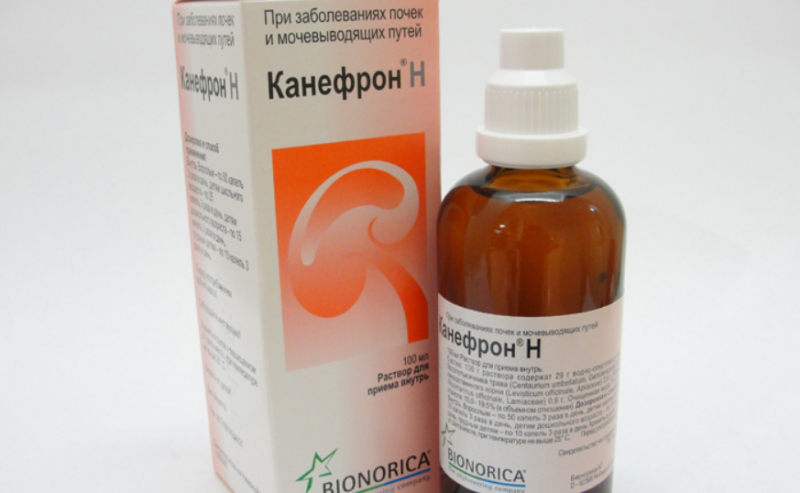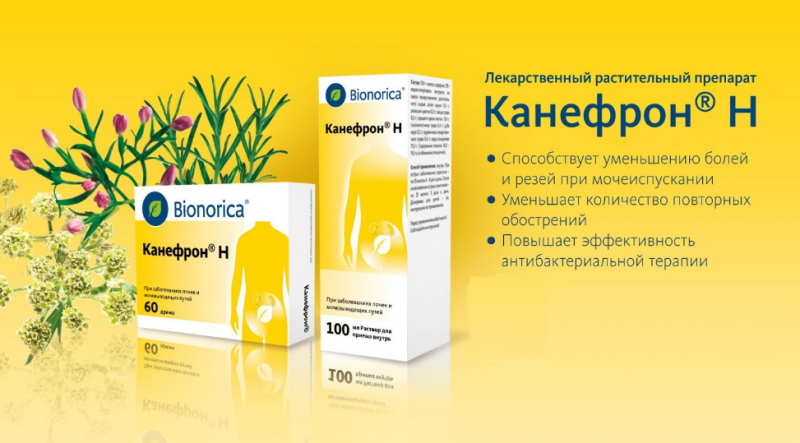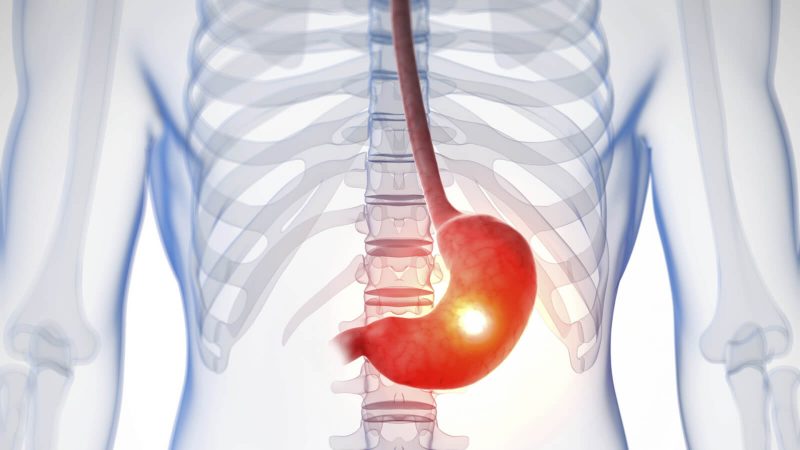The drug "Kanefron" - drops prescribed for various infectious and inflammatory processes of the urinary system. "Kanefron" contains natural components of plant origin, has minimal contraindications and proven effectiveness. In what cases are drops prescribed, and what are the features of their use?
Material Content:
The composition of the drug
Bionorica company produces the drug "Canephron" (Latin name - Canephron) is available in two forms - tablets and drops. The liquid form is as convenient as possible, if you need to choose an individual dosage, and it’s easier to swallow drops than tablets, which is especially true when children are prescribed with Kanefron drops.
Drops "Kanefron N" in terms of 100 ml of solution contain 0.6 g of herbal extract:
- centaury rich in glycosides and alkaloids;
- ursolic acid rosemary, essential oils and tannins;
- lovage, the chemical composition of the essential oil of which includes acids and terpenes with a pronounced diuretic effect.
Auxiliary components of the solution are alcohol and water.
In which cases Kanefron drops are prescribed
Kanefron is characterized as an anti-inflammatory and antispasmodic phytopreparation effective in a number of urological diseases: cystitis in all its forms, urethritis, nephritis and pyelonephritis. The tool is also used to prevent the formation of kidney stones.
A unique combination of plant components of the drug contributes to:
- pronounced diuretic effect;
- reduce inflammation and eliminate spasms of the urinary system;
- minimizes the risk of relapse of exacerbation of kidney and bladder diseases.
When using Kanefron, the intensity of pain and pain in the bladder area decreases when visiting the toilet. In patients with proteinuria, the use of "Kanefron" helps to reduce protein excretion, which is caused by the influence of the active components of the drug on the system of tubules and glomeruli of the kidneys.
It should be noted! With all the medicinal properties declared by the manufacturer, Kanefron did not undergo clinical trials, which makes it difficult to qualitatively evaluate its effectiveness. Drops are homeopathic remedies.
It is advisable to use "Kanefron" as part of a comprehensive therapeutic treatment, the basis of which is individually selected by a specialist.
Instructions for use for adults and children
The Kanefron solution is taken orally. For convenience, each bottle of the product is equipped with a metering drip device - this helps to measure the exact amount of the drug.
Instructions for use indicate the following dosages for various age groups of patients:
- adults - 50 drops once;
- children from 6 years old - 25 drops;
- children under 6 years old - 15 drops;
- infants (from the first month of life) - no more than 10 drops.
Three times a day “Kanefron” is recommended regardless of whether the medicine is used before or after a meal. In individual cases, the dosage and frequency of administration are calculated by the doctor. Drops can be prescribed for long-term therapy, more precisely, the doctor determines the duration of treatment.
It is advisable to dilute a single dosage of the drug in a small amount of water for ease of use - Kanefron has a bitter taste.
During pregnancy and lactation
Despite the fact that the list of drugs approved for expectant and lactating mothers is very limited, Kanefron, whose composition is natural, is included in the list of commonly prescribed drugs during pregnancy. It acts as a mild diuretic, eliminates urinary tract infections, edema, and normalizes fluid balance in the body.
Treatment is possible only as prescribed by the doctor, it is unacceptable to use "Kanefron" without clear instructions and unless absolutely necessary.
Drug interaction
Kanefron interacts well with antibiotic preparations, which makes it possible to include drops in the complex treatment program. Cases of incompatibility with other therapeutic agents have not been identified.
Contraindications, side effects and overdose
Absolute contraindications to the use of "Kanefron" are such diagnosed diseases as:
- peptic ulcer (especially with its exacerbation);
- kidney and liver failure.
With extreme caution, Kanefron therapy in the form of drops is prescribed to persons with alcohol dependence.
No cases of overdose have been identified.
The main side effects are characterized by symptoms of individual intolerance to the components of the drug and can occur specifically: itching, urticaria, nausea, vomiting, and so on.
We must not forget that Kanefron is a pronounced diuretic, therefore it is important to consume a sufficient amount of fluid during the treatment period to avoid symptoms of dehydration.
Kanefron's analogs in drops
Are there drugs similar to Kanefron in terms of their drug effect? Yes, and they can be divided into two main groups: herbal products and synthetic products.
Natural composition is possessed by such drugs as:
- lingonberry leaf - ground ground parts of the plant, from which decoctions and infusions are prepared before use;
- "Uriflorin" - tablets containing the extract of bearberry leaves as an active ingredient;
- "Monurel" with cranberry extract and ascorbic acid;
- "Cyston" - a preparation whose composition includes extracts of strawberries, bicotypes, saxifrage and other plants with diuretic and antibacterial effects;
- “Fitolizin” is a water-soluble paste for oral use with herbal extracts (goldenrod, horsetail, birch leaf, wheat grass and others).
Known synthetic analogues of Kanefron: Furagin, Furamag, Furadonin, which include furazidine - a substance with a pronounced antimicrobial property.
In addition, for the treatment of cystitis and inflammatory kidney diseases, antibiotics are used:
- Amoxicillin;
- "Monural";
- Normax
- “Ofloxacin”;
- "Ciprofloxacin" and others.
Choosing one or another analogue of Kanefron, you should, first of all, trust the recommendations of your doctor and clearly follow his instructions. Urinary tract infections require a responsible treatment approach!



















